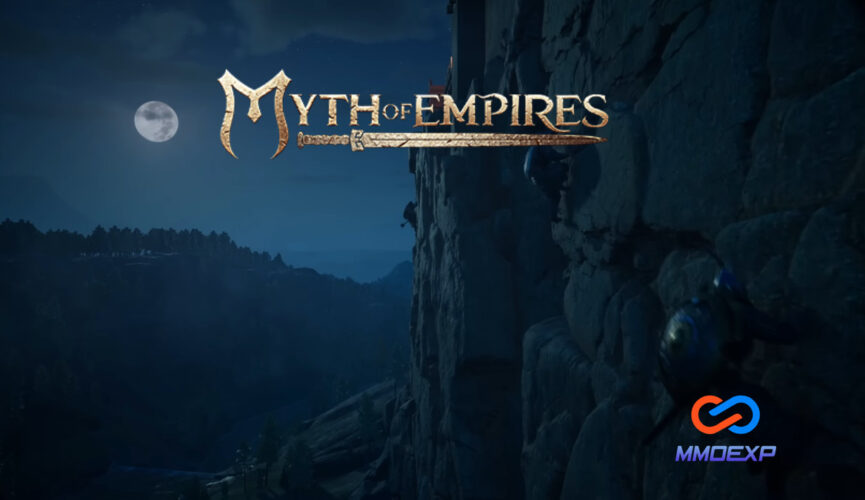Welcome, fellow gamers, to a journey into the depths of efficiency within the realm of Myth of Empires. In this guide, we’ll delve into a method that allows you to power-level multiple skills simultaneously, maximizing your character’s potential in the shortest amount of time possible. Whether you’re a seasoned player looking to optimize your progress or a newcomer seeking a fast track to skill mastery, this guide is tailored to help you achieve your goals.
The Method:
Before we dive into the specifics, it’s essential to understand the key components of this power leveling technique. We’ll be focusing on two primary skills: one-handed combat and the command skill, all while subtly leveling recruits in the background. By strategically leveraging NPC interactions and utilizing proficiency buffs, we can efficiently level these skills in tandem, saving both time and resources.
Step 1: Preparation
The first step in our journey is preparation. If you have a boundary marker, utilize it to purchase the blessing that increases player proficiency acquisition. While it may incur a cost, the benefits far outweigh the Myth of Empires Copper Coins investment. This blessing will significantly enhance your skill-leveling efficiency, making it a crucial asset for our method.
Step 2: Command Skill Leveling
Now, let’s dive into the practical application of our method. We’ll start by focusing on leveling the command skill. Find an NPC, preferably an elite, and disarm them to prevent any unwanted attacks. Overweight the NPC to ensure they remain stationary throughout the leveling process. With the proficiency buff active, initiate combat using a spear, simultaneously leveling both the spear skill and the command skill as you engage in combat with the NPC.
Step 3: Transition to One-Handed Combat
Once you’ve achieved the desired level in the pole arm skill (450 in this example), transition to leveling the one-handed combat skill. Remove proficiency points from pole arms and allocate them to one-handed combat. With the same NPC still engaged, continue the combat process, now focusing on leveling the one-handed combat skill. Again, ensure that the NPC remains stationary and use caution to avoid any unnecessary damage.
Step 4: Recruiting and Command Skill Leveling
While engaging in combat, take advantage of the opportunity to level the recruiting skill passively. By assigning recruits to attack the NPC alongside you, you’ll gradually increase their proficiency while focusing on your primary skill-leveling objectives. This simultaneous progression allows you to maximize efficiency and make the most of your time spent in-game.
Step 5: Execution and Optimization
Throughout the leveling process, it’s essential to monitor the NPC’s health and food bar to ensure they remain in optimal condition for combat. Additionally, select appropriate weapons that do not cause bleeding, as bleeding can complicate the leveling process and prolong the time required to achieve your skill goals. By adhering to these guidelines and refining your approach, you’ll streamline the power leveling process and expedite your character’s growth.
Conclusion:
In conclusion, the myth of empires offers a vast array of opportunities for character progression and skill development. By utilizing the method outlined in this guide, you can efficiently power level multiple skills simultaneously, optimizing your gameplay experience and propelling your character to new heights of proficiency. Whether you’re embarking on a solo adventure or leading a formidable army into battle, mastering these skills will undoubtedly prove invaluable on your journey through the empire. So, equip your weapons, rally your recruits, and prepare for an epic quest toward skill mastery in Myth of Empires. Happy gaming!
For more guides and all the latest news about Myth of Empires, check out MMOexp. You can also enjoy buying cheap MoE Copper Coins service here.





